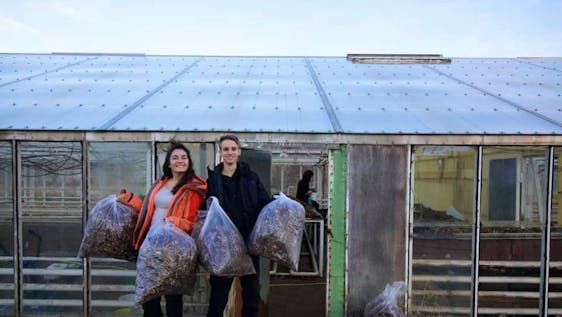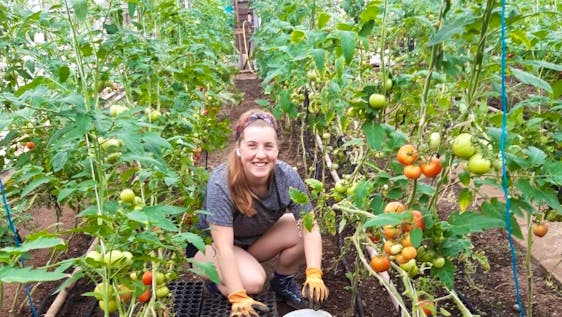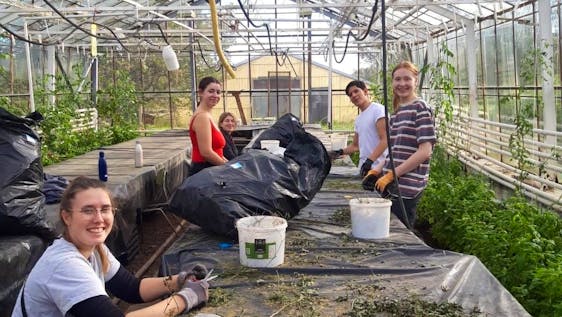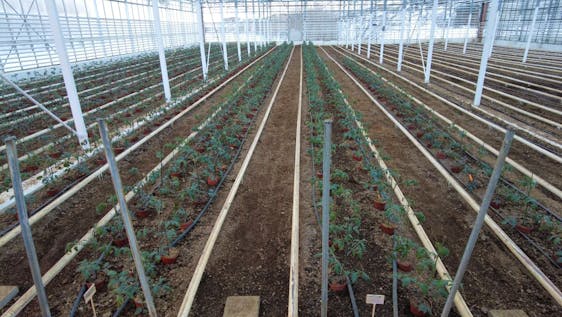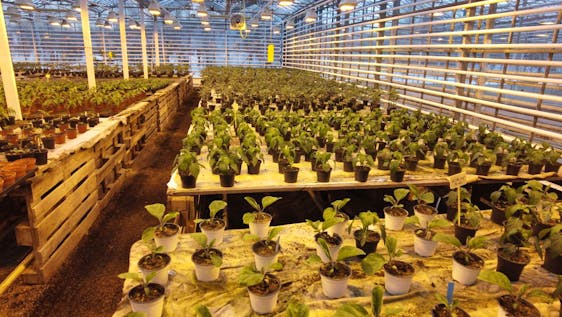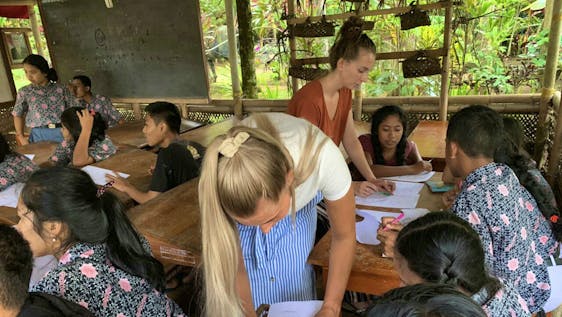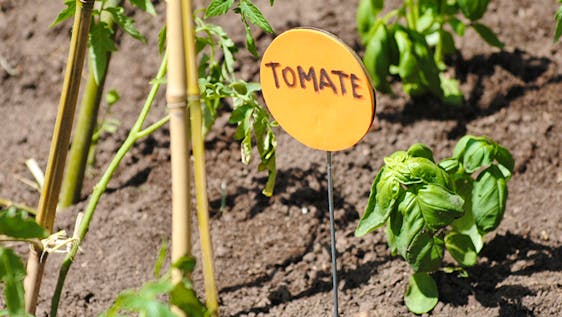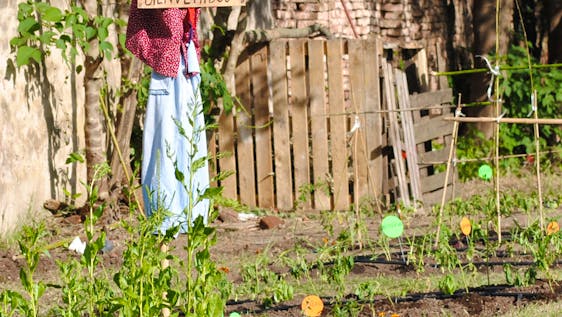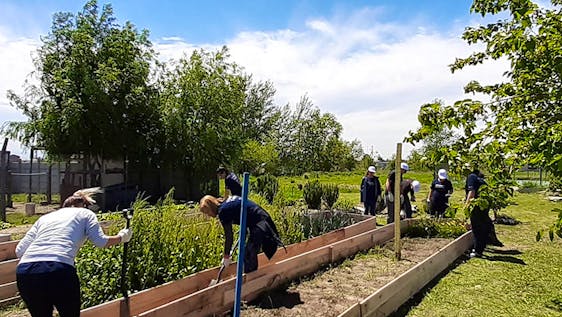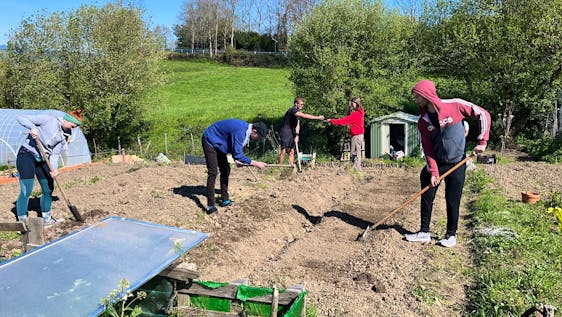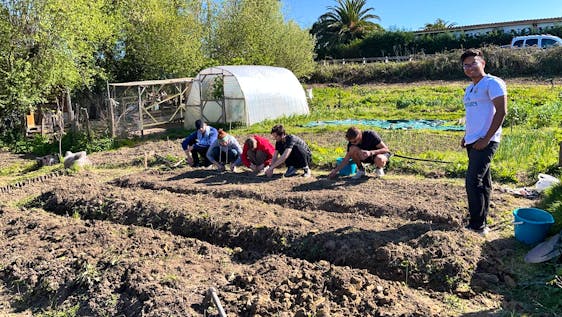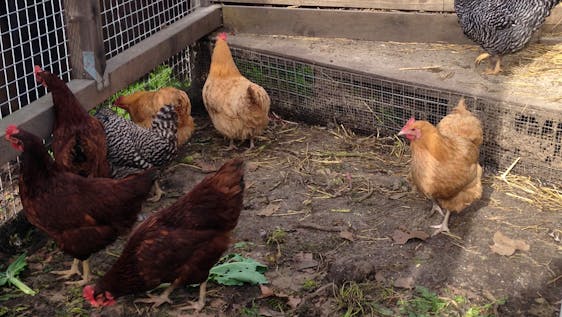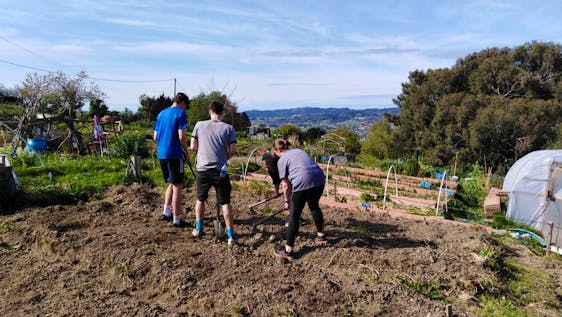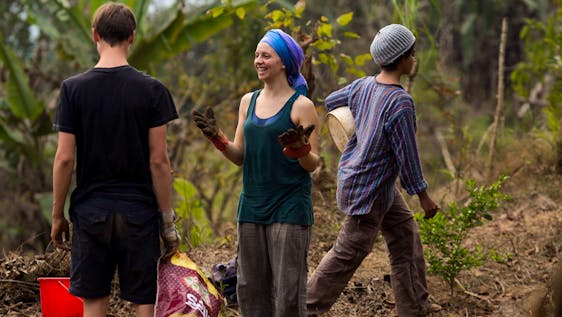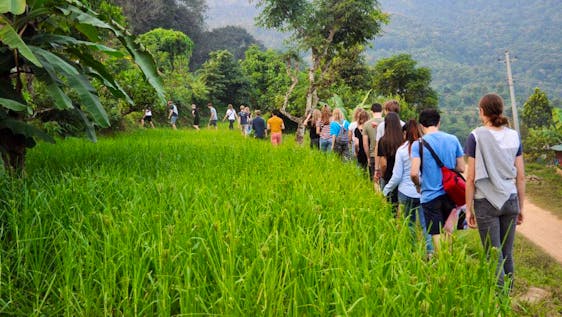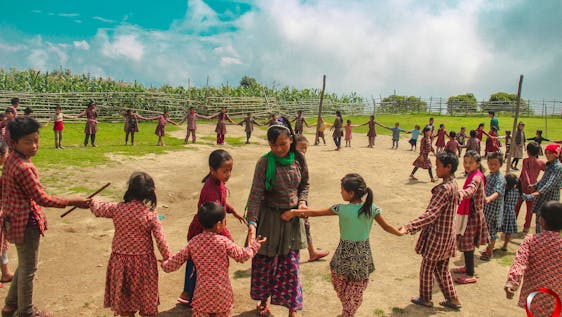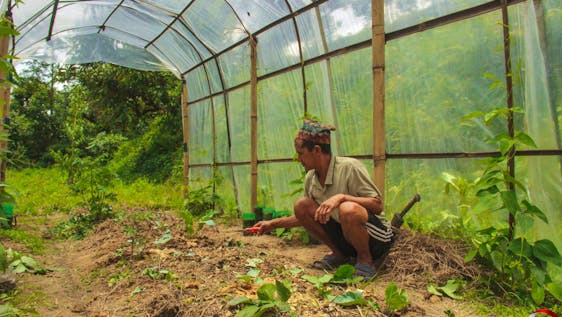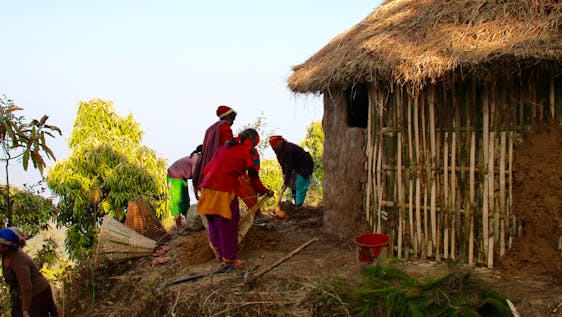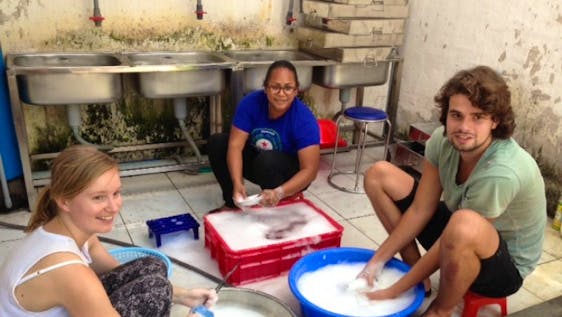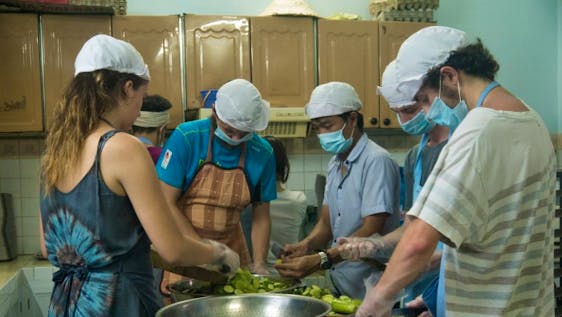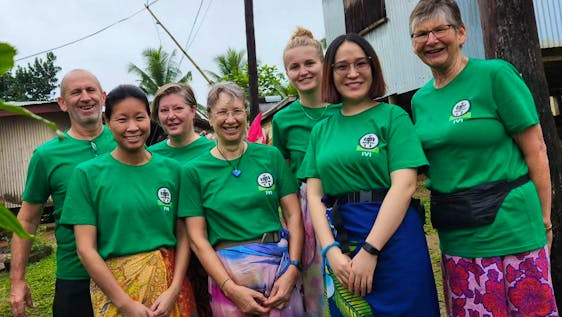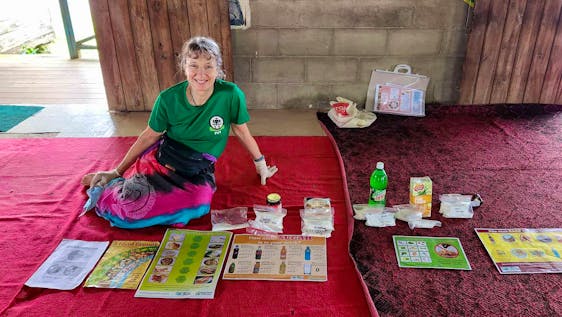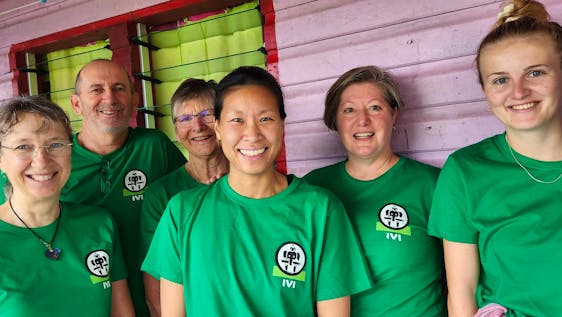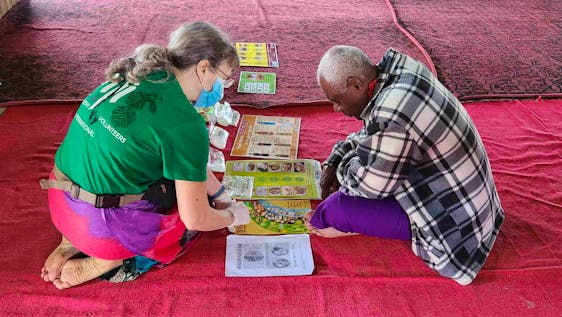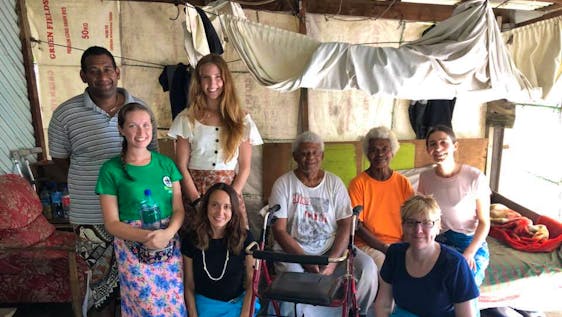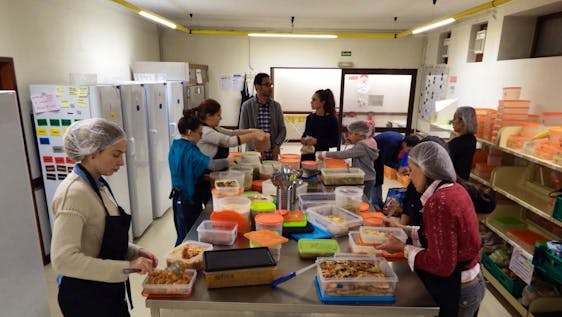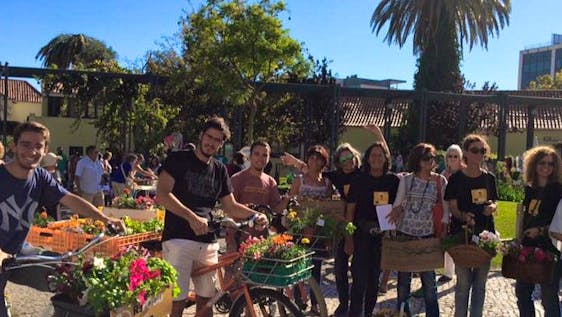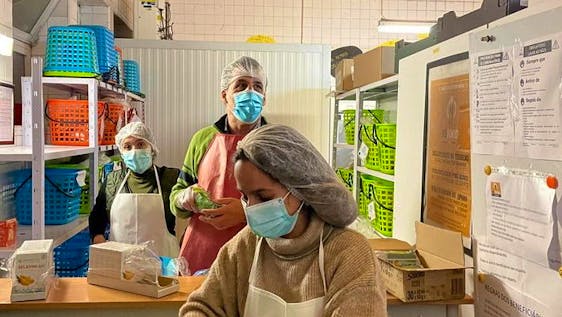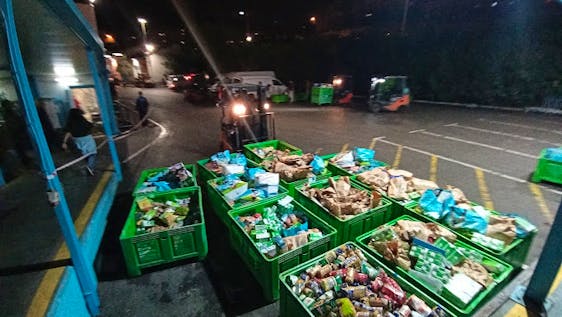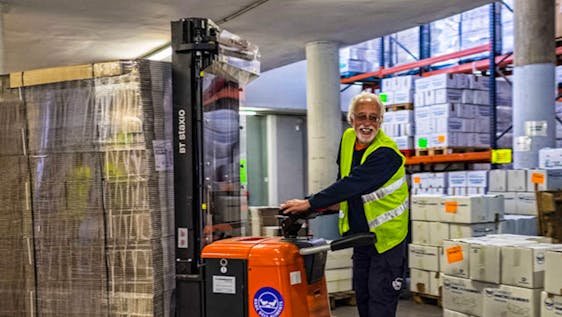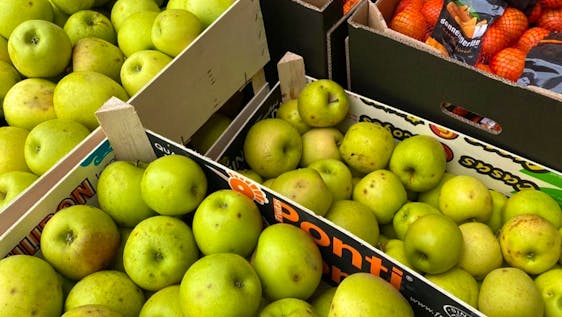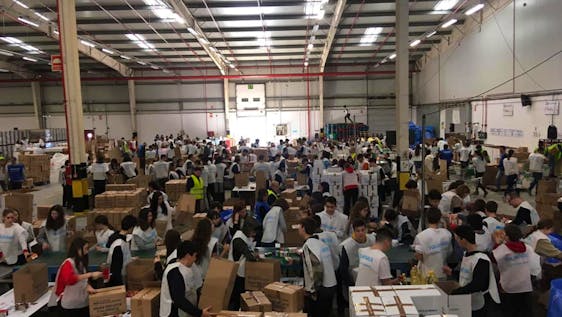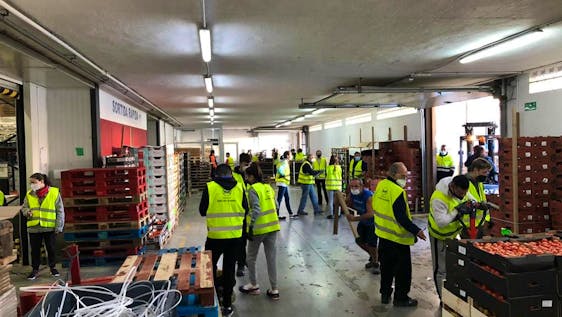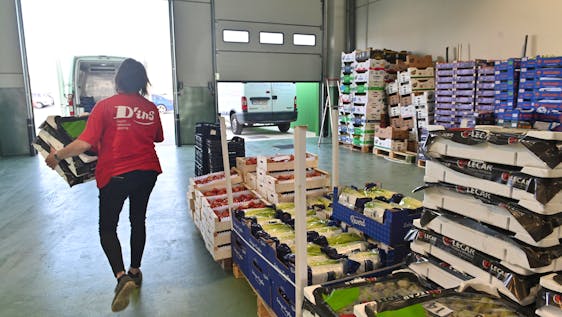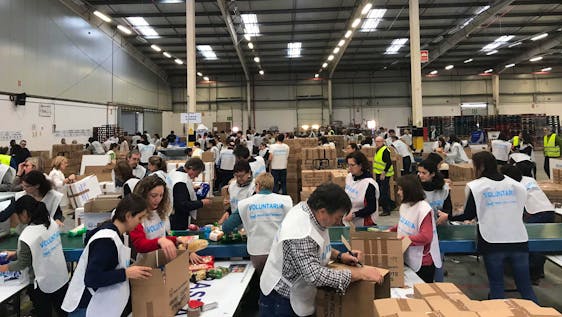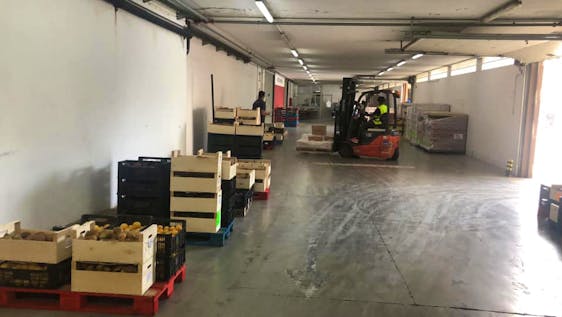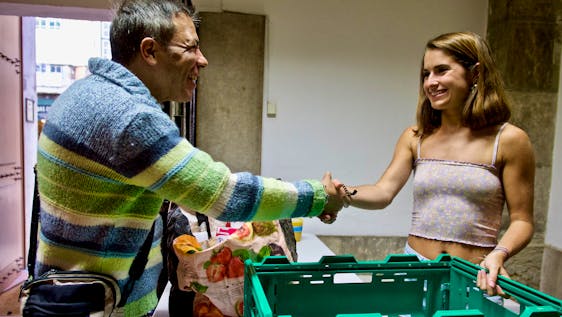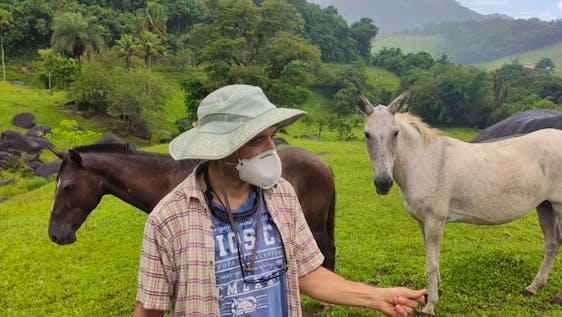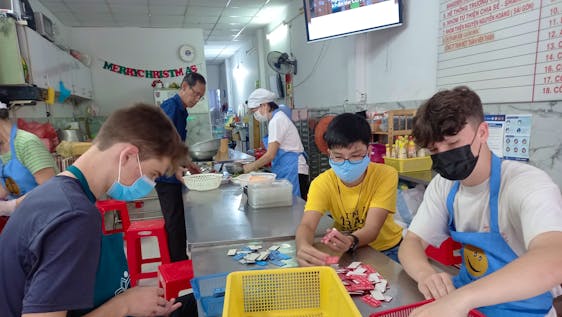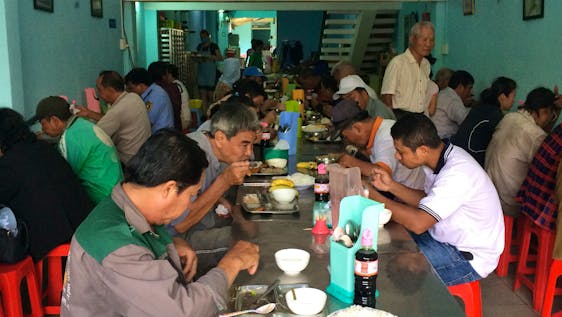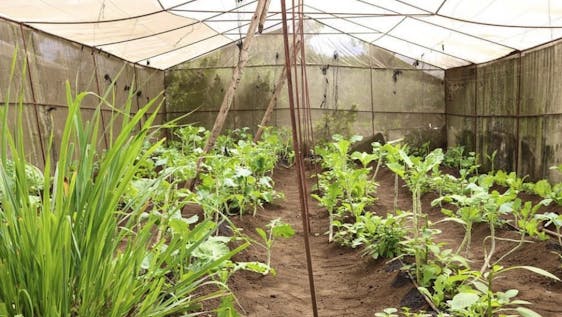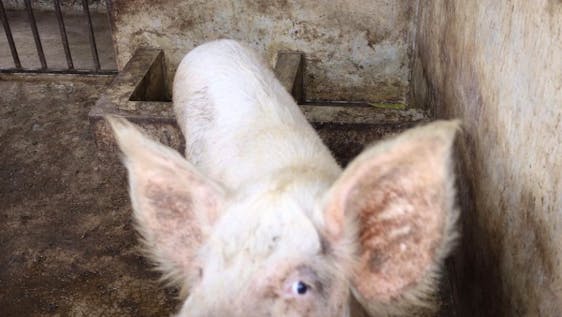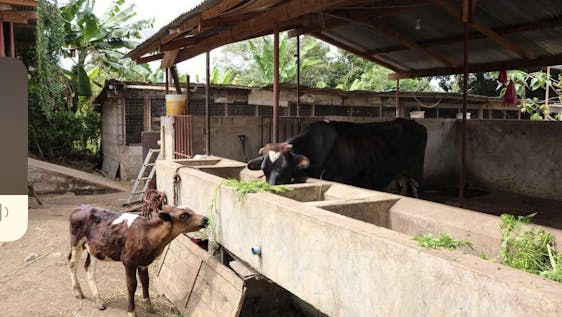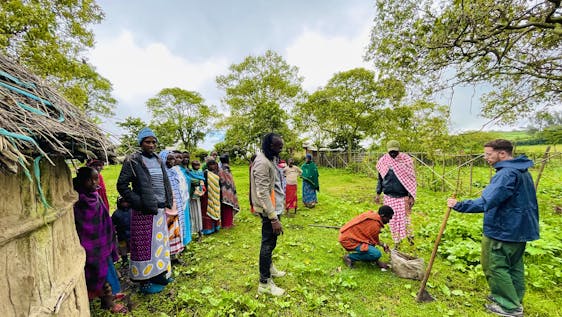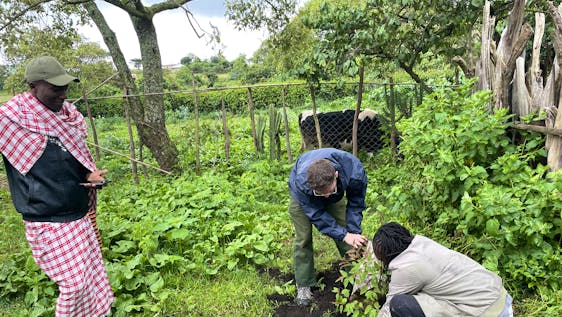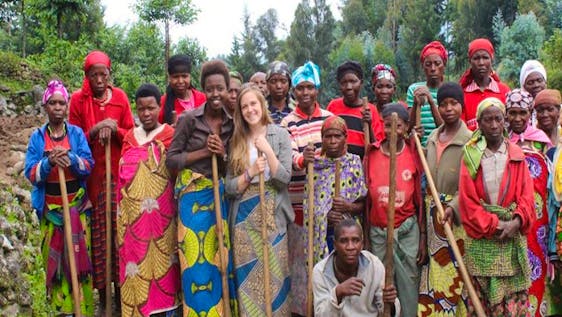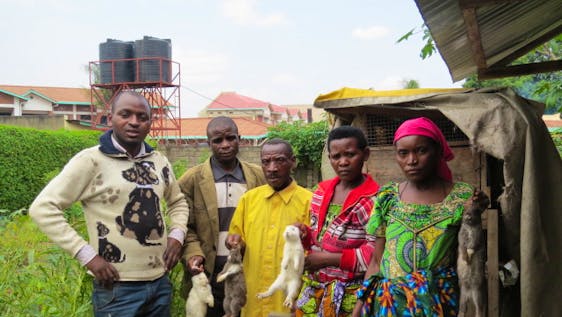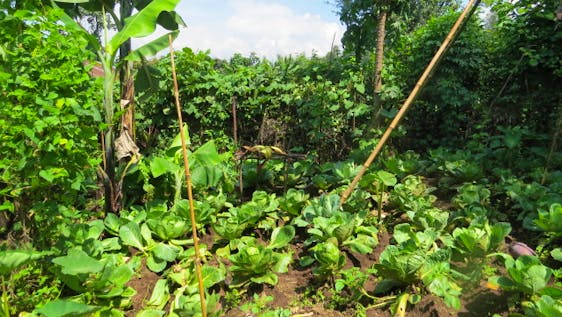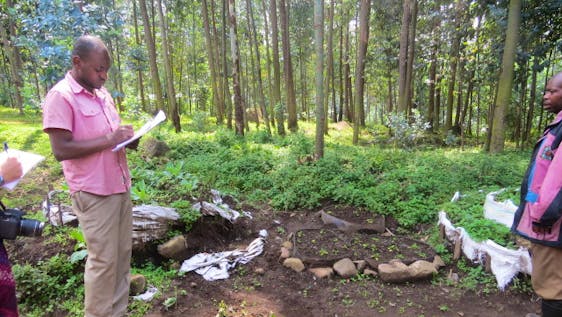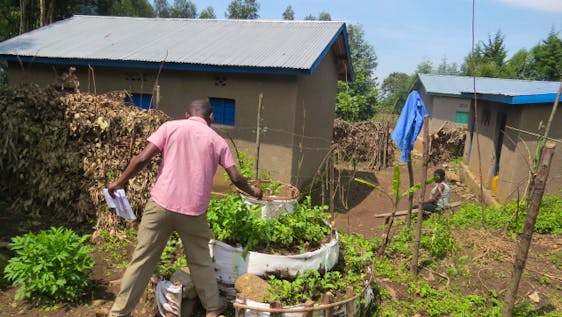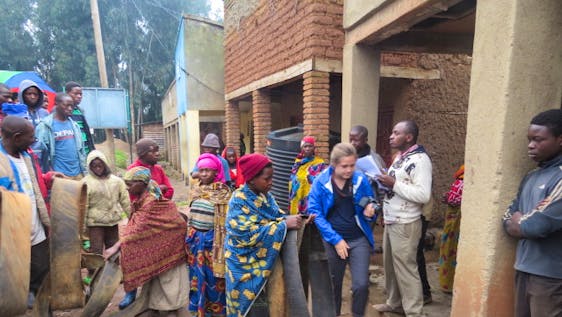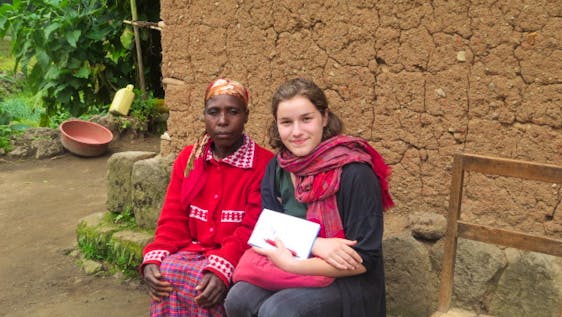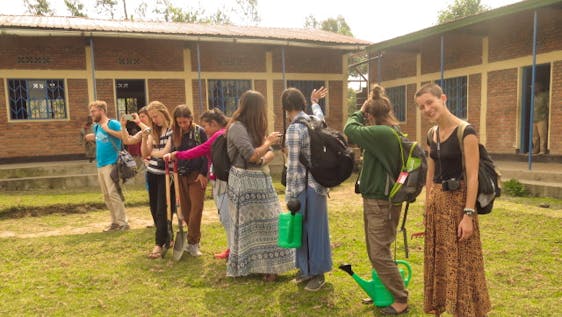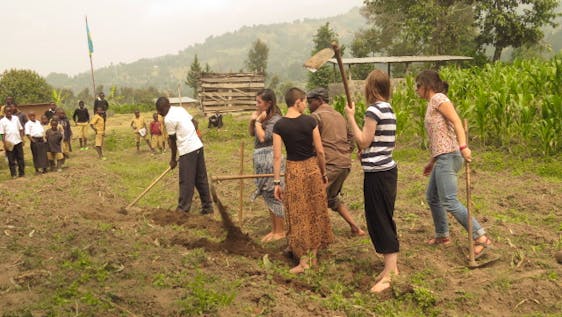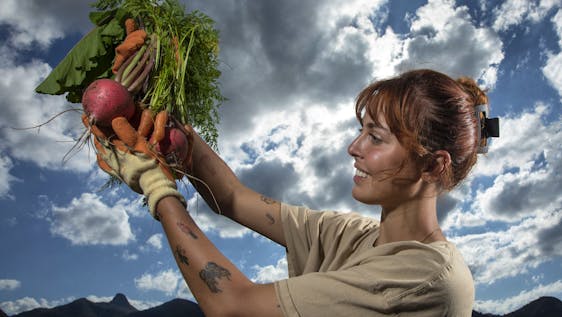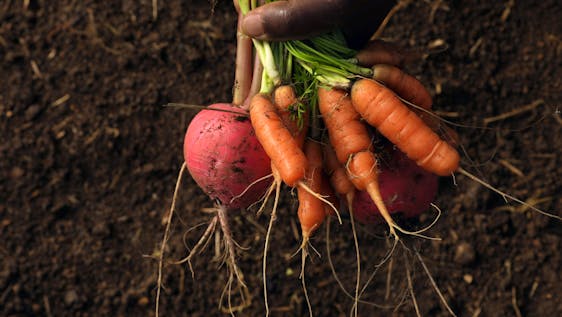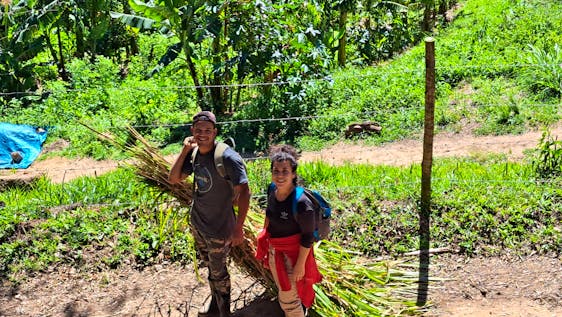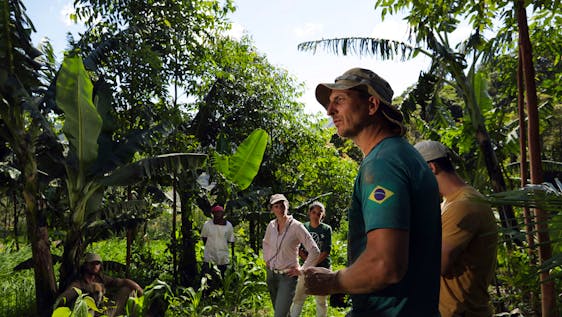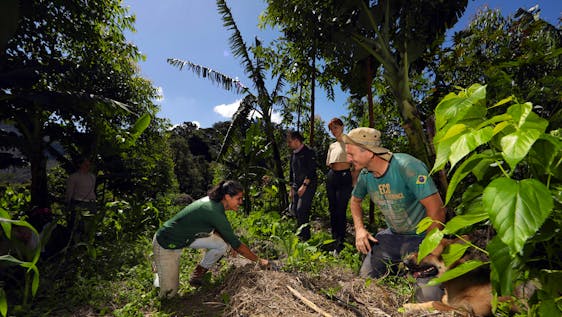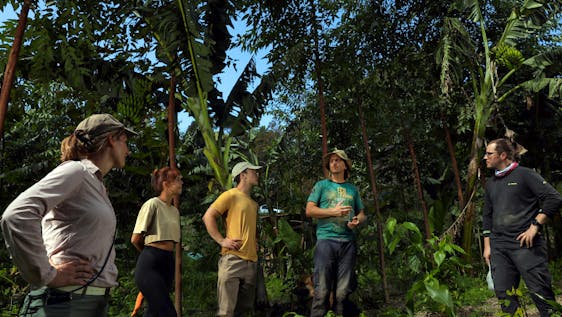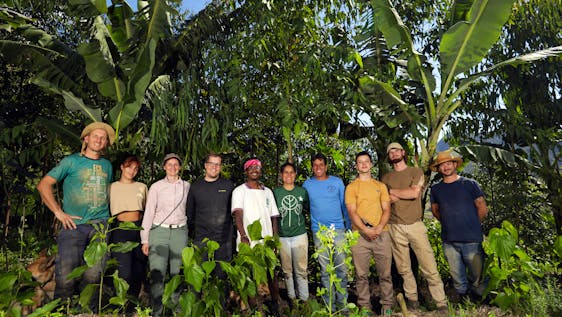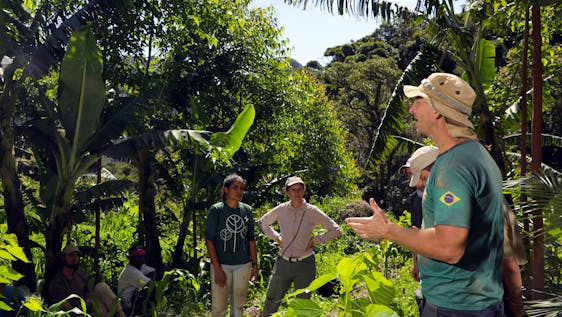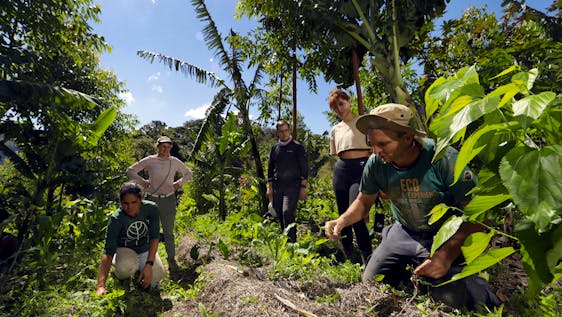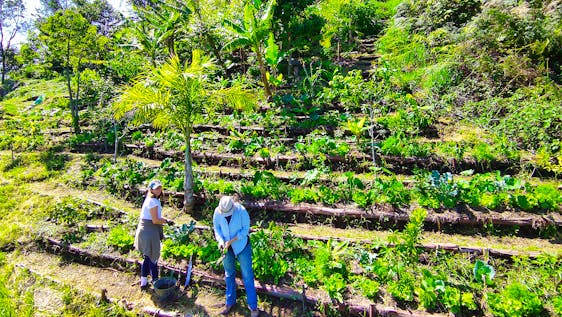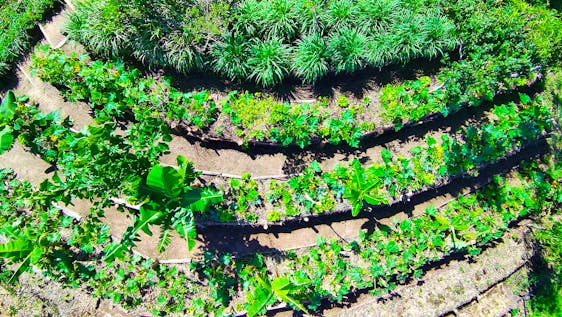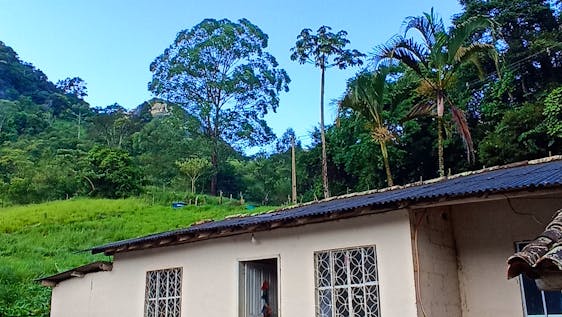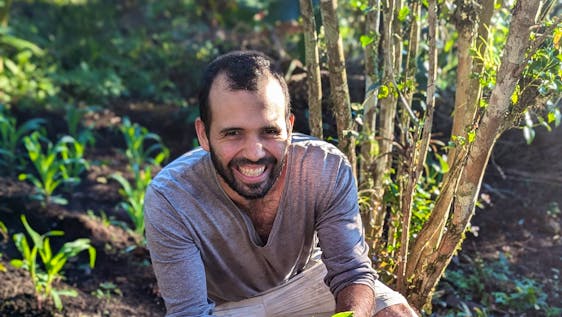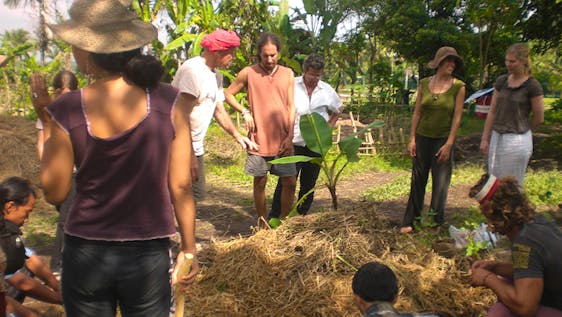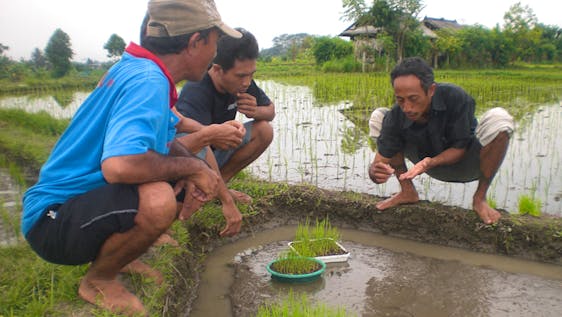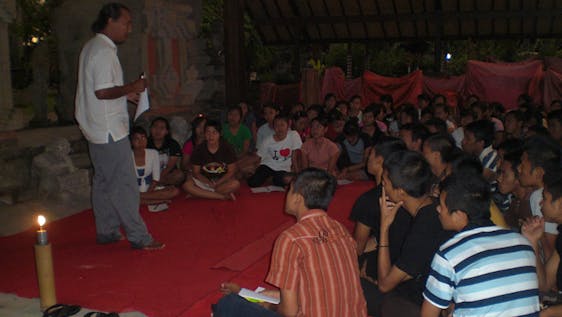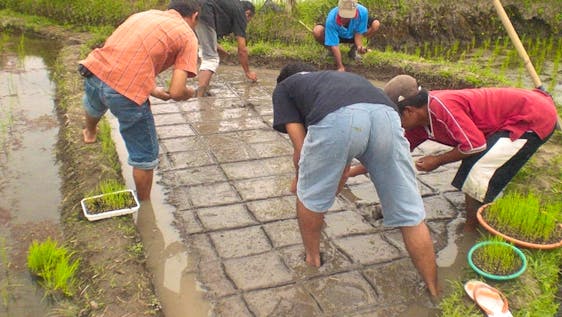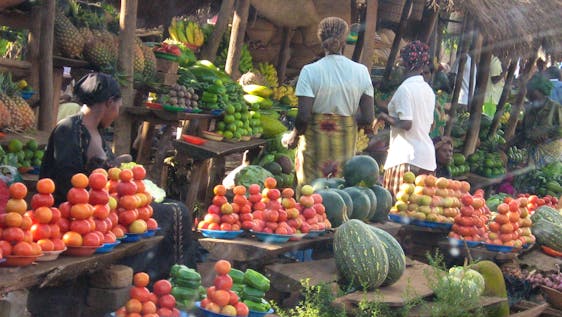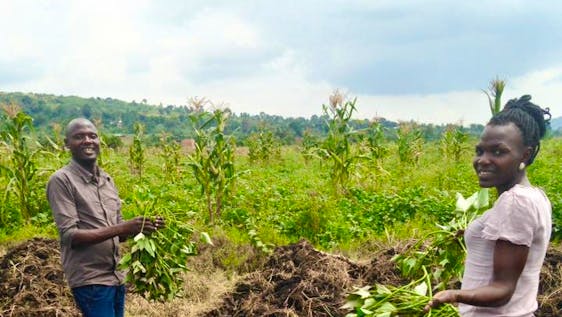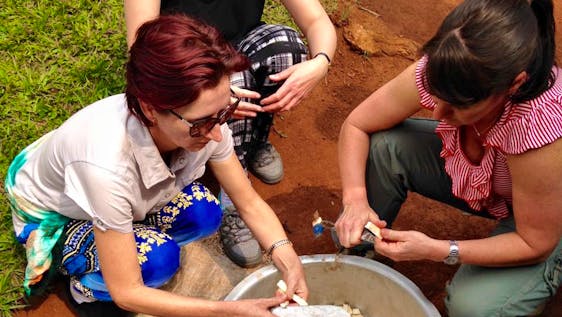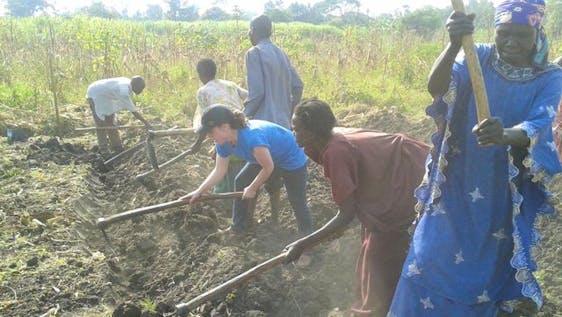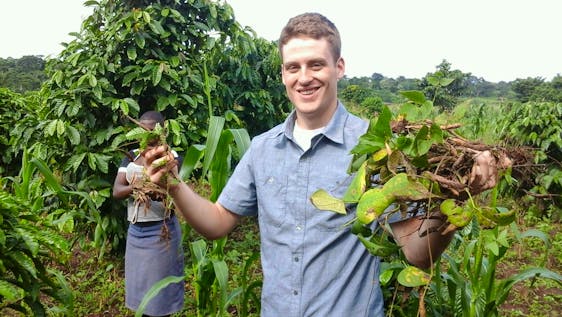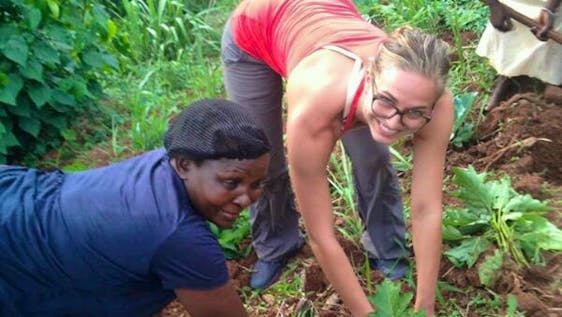- Globally, one in nine people in the world today (795 million) are undernourished
- The vast majority of the world's hungry people live in developing countries, where 12.9 per cent of the population is undernourished.
- Asia is the continent with the most hungry people - two thirds of the total. The percentage in Southern Asia has fallen in recent years but in Western Asia it has increased slightly.
- Southern Asia faces the greatest hunger burden, with about 281 million undernourished people. In sub-Saharan Africa, projections for the 2014-2016 period indicate a rate of undernourishment of almost 23 per cent.
- Poor nutrition causes nearly half (45 per cent) of deaths in children under five - 3.1 million children each year.
- One in four of the world's children suffer stunted growth. In developing countries the proportion can rise to one in three.
- 66 million primary school-age children attend classes hungry across the developing world, with 23 million in Africa alone.
Zero Hunger
Zero Hunger
Zero Hunger
It is time to rethink how we grow, share and consume our food. If done right, agriculture, forestry and fisheries can provide nutritious food for all and generate decent incomes, while supporting people-centred rural development and protecting the environment. Right now, our soils, freshwater, oceans, forests and biodiversity are being rapidly degraded. Climate change is putting even more pressure on the resources we depend on, increasing risks associated with disasters such as droughts and floods. Many rural women and men can no longer make ends meet on their land, forcing them to migrate to cities in search of opportunities.
A profound change of the global food and agriculture system is needed if we are to nourish today's 795 million hungry and the additional 2 billion people expected by 2050.
The food and agriculture sector offers key solutions for development, and is central for hunger and poverty eradication.
What's the goal here?
To end hunger, achieve food security and improved nutrition and promote sustainable agriculture.
Facts & figures
Hunger
Food security
- Agriculture is the single largest employer in the world, providing livelihoods for 40 per cent of today's global population. It is the largest source of income and jobs for poor rural households.
- 500 million small farms worldwide, most still rainfed, provide up to 80 per cent of food consumed in a large part of the developing world. Investing in smallholder women and men is an important way to increase food security and nutrition for the poorest, as well as food production for local and global markets.
- Since the 1900s, some 75 per cent of crop diversity has been lost from farmers' fields. Better use of agricultural biodiversity can contribute to more nutritious diets, enhanced livelihoods for farming communities and more resilient and sustainable nutrition systems.
- If women farmers had the same access to resources as men, the number of hungry in the world could be reduced by up to 150 million.
- 1.4 billion people have no access to electricity worldwide - most of whom live in rural areas of the developing world. Energy poverty in many regions is a fundamental barrier to reducing hunger and ensuring that the world can produce enough food to meet future demand.
With enough food to feed everyone on the planet, why are there so many hungry people?
Poor harvesting practices, as well as food wastage have contributed to food scarcity. Wars have also had a negative impact on the availability of food and have led to a destruction of the health , which is critical to grow food.
Why should I care?
We all want our families to have enough food to eat that is safe and nutritious. A world with zero hunger can positively impact our economies, health, education, equality and social development. It's a key piece of building a better future for everyone. Additionally, with hunger limiting human development, we will not be able to achieve the other sustainable development goals such as education, health and gender equality.
How much will it cost to achieve zero hunger?
We will need an estimated additional $267 billion per year on average to end world hunger by 2030. There will need to be investments in rural and urban areas and in social protection, so poor people have access to food and can improve their livelihoods.
What can we do to help?
You can make changes in your own life-at home, at work and in the community -by supporting local farmers or markets and making sustainable food choices, supporting good nutrition for all, and fighting food waste. You can also use your power as a consumer and voter, demanding businesses and governments make the choices and changes that will make Zero Hunger a reality. Join the conversation, whether on social media platforms or in your local communities. You can join the Global Movement for Zero Hunger by joining the Zero Hunger Challenge to learn more, including more ways to take action!
Where are volunteer projects that need my help?
Discover related Sustainable Development Goals
The Sustainable Development Goals aim to end poverty, protect the planet, and ensure prosperity for all. As such, the 17 SDGs and its associated 169 targets do not stand alone, but are are interconnected. The key to success on one will involve tackling issues more commonly associated with another. If you are interested in supporting a cause addressing to the goal {sdg.name}, you might also be interested in the related goals No Poverty, Gender Equality, Reduced Inequalities, Sustainable Cities And Communities, Responsible Consumption And Production and Life Below Water.
Please visit the website of the United Nations to find out more about Goal 02 Zero Hunger and other Sustainable Development Goals.
Source: United Nations

 Activities
Activities
 Environment
Environment
 Agriculture
Agriculture
 Europe
Europe
 Ecological Farming
Ecological Farming
 Northern Europe
Northern Europe
 Iceland
Iceland
 Vegan
Vegan
 Hiking
Hiking
 Planting Trees
Planting Trees
 Hotspots
Hotspots
 Asia
Asia
 Healthcare
Healthcare
 Nutrition and Food
Nutrition and Food
 South East Asia
South East Asia
 Southern Europe
Southern Europe
 Indonesia
Indonesia
 Ubud
Ubud
 Bali
Bali
 Spain
Spain
 Yoga
Yoga
 Bilbao
Bilbao
 Southern Asia
Southern Asia
 Nepal
Nepal
 Vietnam
Vietnam
 Ho Chi Minh
Ho Chi Minh
 Americas
Americas
 Portugal
Portugal
 Lisbon
Lisbon
 Melanesia
Melanesia
 Oceania
Oceania
 Fiji
Fiji
 South America
South America
 Physical Therapy Internship
Physical Therapy Internship
 Intern Abroad
Intern Abroad
 Africa
Africa
 Eastern Africa
Eastern Africa
 Community
Community
 Social Work
Social Work
 Families with small kids
Families with small kids
 Brazil
Brazil
 Barcelona
Barcelona
 Arusha
Arusha
 Tanzania
Tanzania
 Energy and Water
Energy and Water
 Central America
Central America
 Costa Rica
Costa Rica
 Ecological Building
Ecological Building
 Colombia
Colombia
 Romania
Romania
 Eastern Europe
Eastern Europe
 Rwanda
Rwanda
 Conservation Work
Conservation Work
 Eastern Asia
Eastern Asia
 Seoul
Seoul
 South Korea
South Korea
 Uganda
Uganda
 Kathmandu
Kathmandu
 Beehive
Beehive
 Coffee
Coffee
 Scouts
Scouts
 Egypt
Egypt
 Northern Africa
Northern Africa
 Education
Education
 Primary School
Primary School
 Argentina
Argentina
 Buenos Aires
Buenos Aires
 Language Course
Language Course
 Spanish Courses
Spanish Courses
 Philippines
Philippines
 Porto
Porto
 India
India
 Kolkata
Kolkata
 Crete
Crete
 Greece
Greece
 Japan
Japan
 Kenya
Kenya
 Ghana
Ghana
 Western Africa
Western Africa
 Reforestation
Reforestation
 Vanuatu
Vanuatu
 Guatemala
Guatemala
 Antigua
Antigua
 Kumasi
Kumasi
 Cambodia
Cambodia
 Malawi
Malawi
 Ecuador
Ecuador
 Bird Conservation
Bird Conservation
 Volunteer and Travel
Volunteer and Travel
 Southern Africa
Southern Africa
 Voluntourism
Voluntourism
 Nairobi
Nairobi
 National Park
National Park
 Owl
Owl
 Accra
Accra
 Sumatra
Sumatra
 Namibia
Namibia
 Women Empowerment
Women Empowerment
 Peru
Peru


